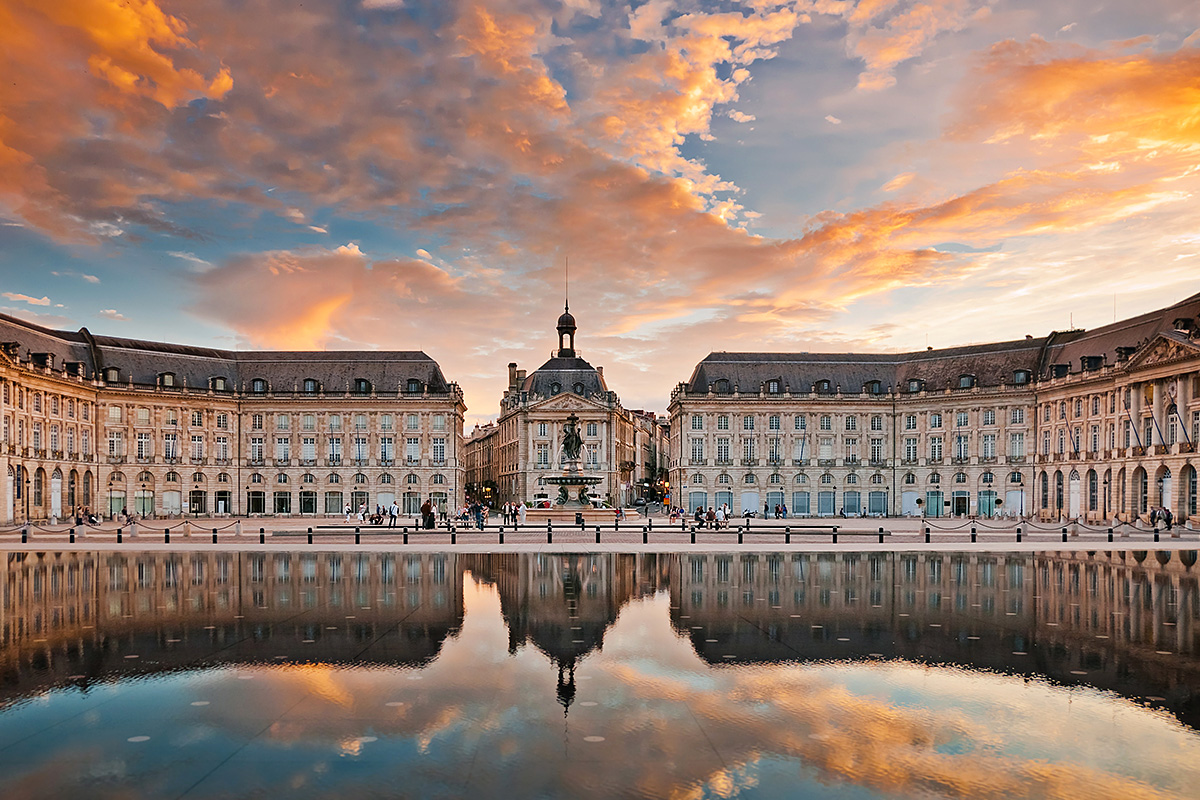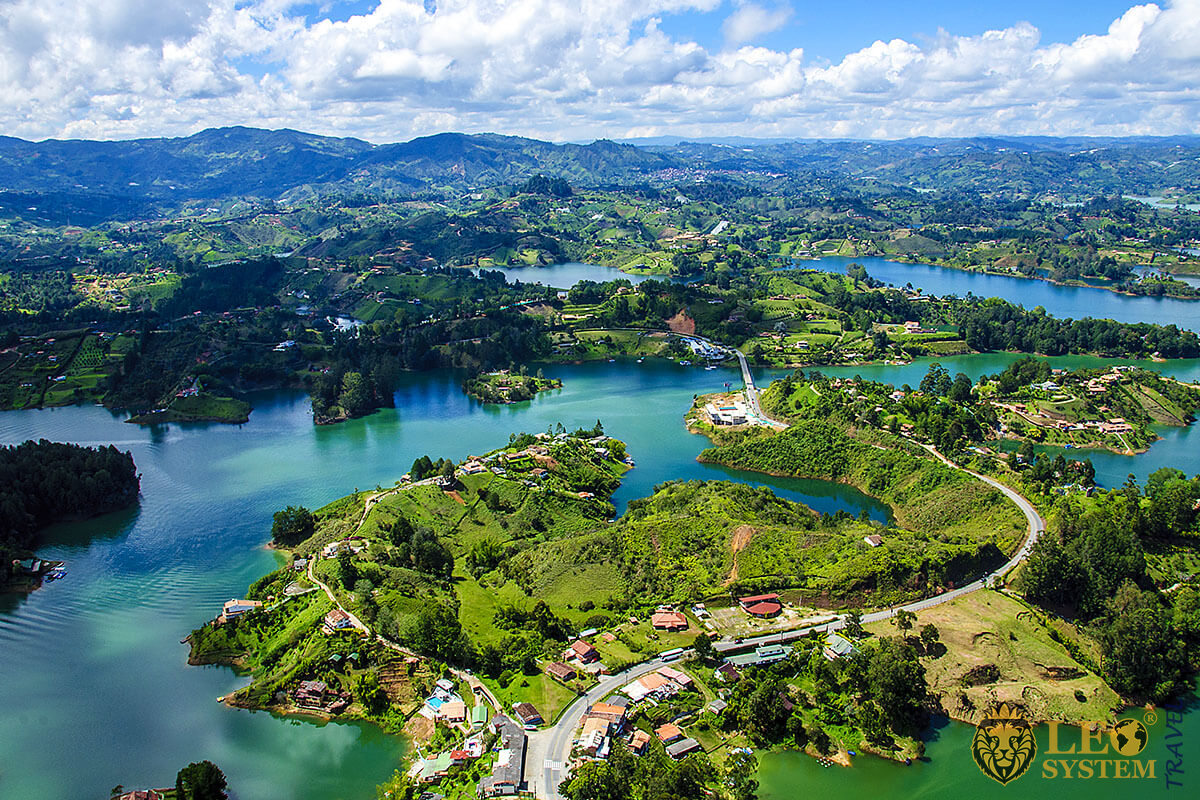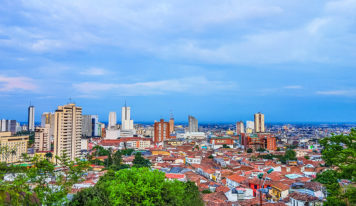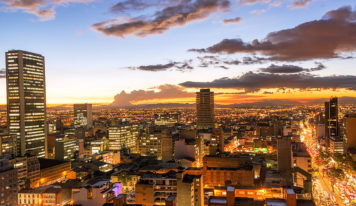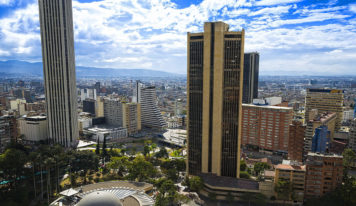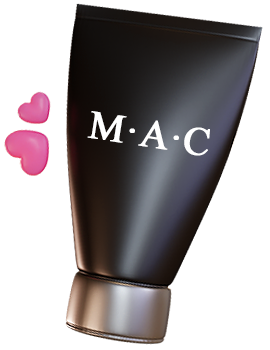Colombian Culture is a colorful mix of European, African, and Indigenous based traditions. It has both severe taboos and quirky eccentricities.
We have selected some of the most exciting traditions and customs for your education and entertainment. The traditions and customs are part of what makes Colombia such a great place to visit.
Parties and Festivals.

Colombians love celebrations, and the fact that they have 18 official long weekends every year makes it easy to participate in these events. Mostly these long weekends coincide with one of the many Colombian festivals. These festivals often include well-organized and colorful parades, beauty pageants, lots of music, and even more food.
Carnaval de Negros y Blancos (Carnival of Blacks and Whites).
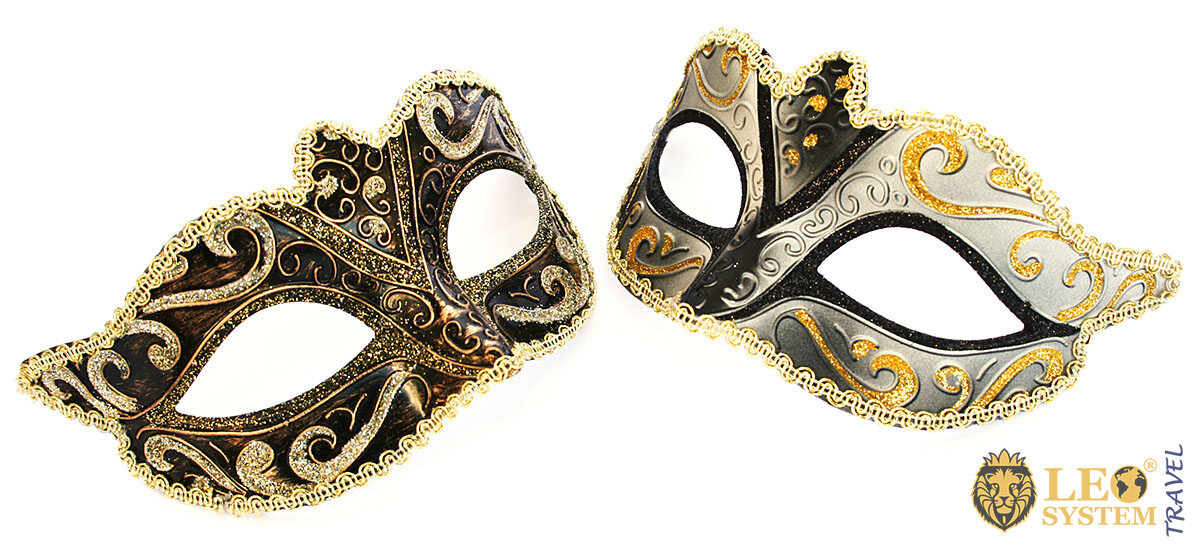
This festival stretches way back to celebrations that were held to honor the “Moon Goddess.” that was held by Pasto and Quillacinga peoples.
The Quillacinga people originated in southwestern Colombia and northern Ecuador. San Juan de Pasto is a City of the South Western part of Colombia. In addition to general partying and fun, in the last two days of the festival celebrate equality.
On the first of these two days, everyone daubs themselves with black makeup, and on the following day, everyone is smothered in white Talcum Powder. This festival takes place from 28th December to the 6th of January.
Carnaval de Barranquilla (Carnival of Barranquilla).
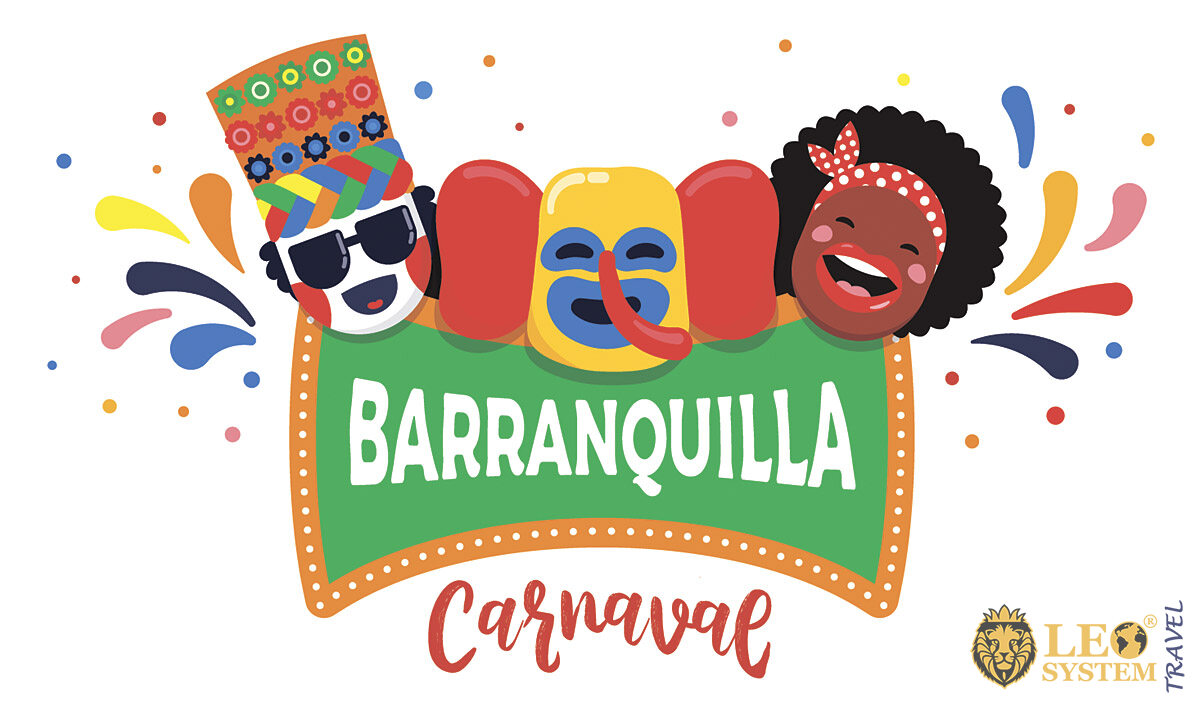
Carnaval de Barranquilla in Colombia is the second-largest carnival in the world. The famous Rio Carnival only beats it. It usually takes place towards the end of February, and during the Carnival, most of Barranquilla shuts up shop. It is billed as the most colorful in the world, and I do not think that can be disputed.
The whole Carnival is a blaze of color and action. The Festival is played out to the soundtrack of Afro-Colombian music and brings together aboriginal ceremonies with the imported Catholic cultures brought by Spain.
Wind and Kite Festival.
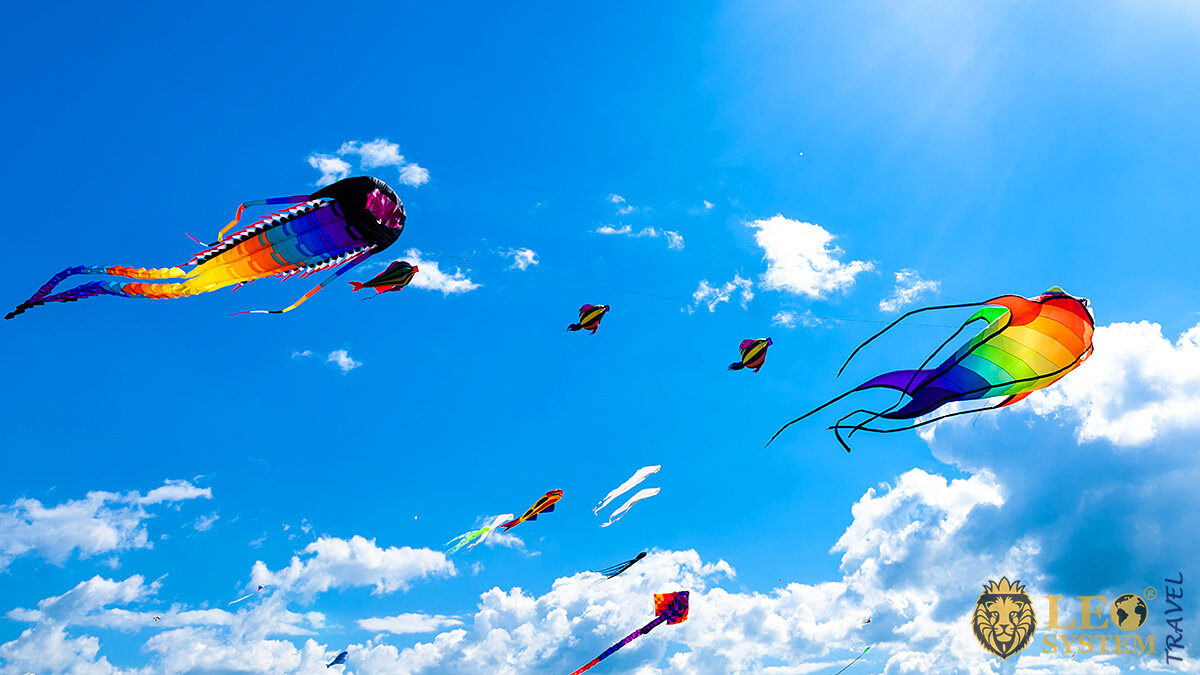
Every August in Villa de Leyva, they have strong winds, and these winds have become the root of the annual Wind & Kite Festival. The festival lasts a weekend, and during the weekend, the skies are a mass of color. On Saturday, the heavens are open to smaller pro kites and amateur kites.
On Sunday, the more severe kite makers who want to compete come out, including team competitions. All of this takes place in Villa de Leyva, which is one of Colombia’s best-preserved colonial towns.
Having Fun.
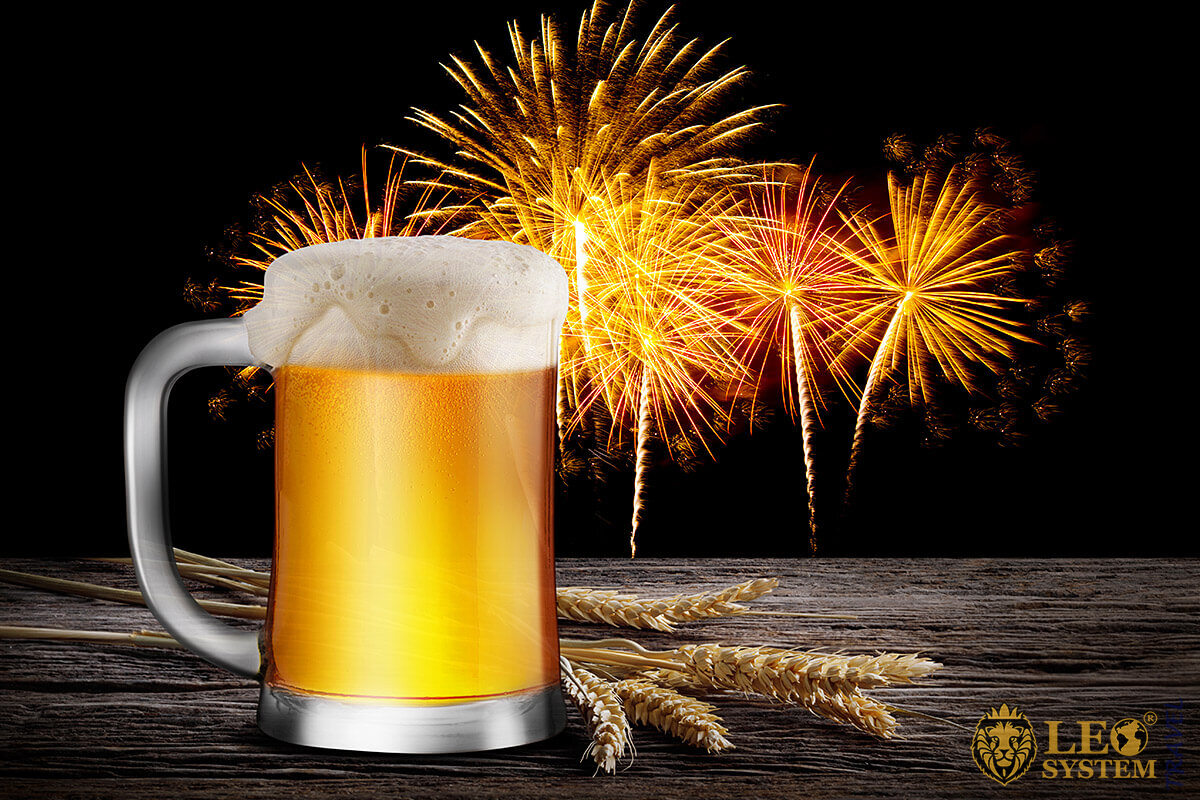
Fireworks, an Iron bar, and beer – It’s a sport, of course!
Colombians love to have fun, and they have devised some crazy activities for just that. Imagine a sport that has three main components: Fireworks, an iron bar, and a case of beer (or two). This game is Colombia’s National sport. It takes place in a Teja Field, which is 64 ft. long and 8.2 ft. wide.
Teja arenas typically have three fields in them. Each field has a box (35″ by 40″) situated at each end. In the box is a hollow circular pipe on which they place triangles filled with gunpowder. When they triangles and tube strike one another, they cause an explosion.
The object of the game is to get the small iron puck into the pipe or as close as possible and to cause explosions. It’s free to play the game, but players are expected to purchase a crate of beer to drink on the court.
A Box of Drink.
Colombia’s national specialty drink is Aguardiente and is sold in both glass bottles and cardboard cartons (a bit like cardboard milk cartons). During evening social events are widespread for a group of friends to buy a carton, snip the corner off, and drink directly from the box, passing it to one another.
Taboos.
When talking about what are the traditions and customs in Colombia, it is essential to remember the things that you should not do.
OK.
Making an OK sign and then place it over the nose, this is a sign to suggest that someone is gay. Homosexuality is not so widely understood within Colombia as elsewhere, and if you are gay, it’s probably best to try and keep a low profile.
When Colombians talk about chatting Face to Face, they mean it.
Colombians are comfortable talking very close to one another; the idea of personal space is a much smaller area than Europeans and Americans are satisfied with. It would also be seen as very rude to back away if someone is too close.
Customs.
Meeting Somebody:
- If two men meet, they will shake hands while saying “good morning,” “good afternoon,” etc.
- While shaking hands, the participants should maintain eye contact.
- If two women meet, they do not shake hands, but hold each other’s forearms instead.
- Once friends, men may well embrace each other and pat each other on the shoulder.
- Once friends, women, my hug, and kiss each other once on the right cheek.
When Dining:
- Wait until the host seats you.
- Do not rest elbows on the table.
- When the host says.
- It is polite to try everything you are offered.
- Do not use a toothpick at the table.
- It is polite to leave a very small amount of food on the plate.
Christmas Customs.

The celebration of Christmas begins on 7th December. When they have Día/Noche de las Velitas (Day or Night of the Candles) at around 7 pm. Friends and family gather together to light candles and lanterns in the streets. This celebration goes on until the early hours of the 8th of December.
On the 16th December, they hold the first Novena, which usually takes place in somebody’s home and consists of public and private prayers, Large groups get together to sing carols and eat traditional Colombian food. This goes on until Christmas Eve.
Final Words.
As with most other Catholic countries, many traditions and festivals are connected with the church, sometimes mixed with indigenous cultures as well. We hope that this article on what are the traditions and customs in Colombia has given you a flavor of Colombia, and maybe one day you will visit.
Also read a fascinating article: What Should You Not Miss In Bogota, Colombia? Travel Tips.

